Green Worlds of
Renaissance Venice
Copyright 2019. Penn State University Press. All rights reserved. May not be reproduced in any form without permission from the publisher, except fair uses permitted under U.S. or applicable copyright law.
EBSCO Publishing : eBook Collection (EBSCOhost) - printed on 1/21/2022 6:22 PM via
AN: 2392959 ; Jodi Cranston.; Green Worlds of Renaissance Venice
Account: victoria

EBSCOhost - printed on 1/21/2022 6:22 PM via . All use subject to https://www.ebsco.com/terms-of-use
Publication of this book has been aided by a grant from the Millard Meiss Publication Fund of the CAA.

Library of Congress Cataloging-in-Publication Data
Names: Cranston, Jodi, 1969 author.
Title: Green worlds of Renaissance Venice / Jodi Cranston.
Description: University Park, Pennsylvania : The Pennsylvania State University Press, [2019] | Includes bibliographical references and index.
Summary: Considers the development of the pastoral in sixteenth-century Venice as an urban phenomenon specific to the lagoon. Studies Venetian urban gardens as actual places, imaginary spaces, and fantasies of urban planning challenged by ecological concernsProvided by publisher.
Identifiers: LCCN 2018031499 | ISBN 9780271082028 (cloth : alk. paper)
Subjects: LCSH: Pastoral artItalyVenice16th century. | Art, ItalianItalyVenice16th century. | Art, RenaissanceItalyVenice. | Gardens in art. | GardensItalyVeniceHistory16th century. | Venice (Italy)In art.
Classification: LCC N8205.C73 2019 | DDC 709.45/311dc23
LC record available at https://lccn.loc.gov/2018031499
Copyright 2019 Jodi Cranston
All rights reserved
Printed in China
Published by The Pennsylvania State University Press,
University Park, PA 168021003
The Pennsylvania State University Press is a member of the Association of University Presses.
It is the policy of The Pennsylvania State University Press to use acid-free paper. Publications on uncoated stock satisfy the minimum requirements of American National Standard for Information SciencesPermanence of Paper for Printed Library Material, ANSI Z 39.481992.
Frontispiece: Titian, Three Ages of Man, ca. 1512 ().
EBSCOhost - printed on 1/21/2022 6:22 PM via . All use subject to https://www.ebsco.com/terms-of-use
CONTENTS
Introduction:
The Green Worlds of Renaissance Venice
1
The Greening of Venice
2
The Green Worlds of Pastoral Painting in Venice
3
Floating Arcadia: Pastoral Vedute of Venice
4
Pastoral Sculpture
5
The Exported Pastoral: Painting After the 1520s
EBSCOhost - printed on 1/21/2022 6:22 PM via . All use subject to https://www.ebsco.com/terms-of-use
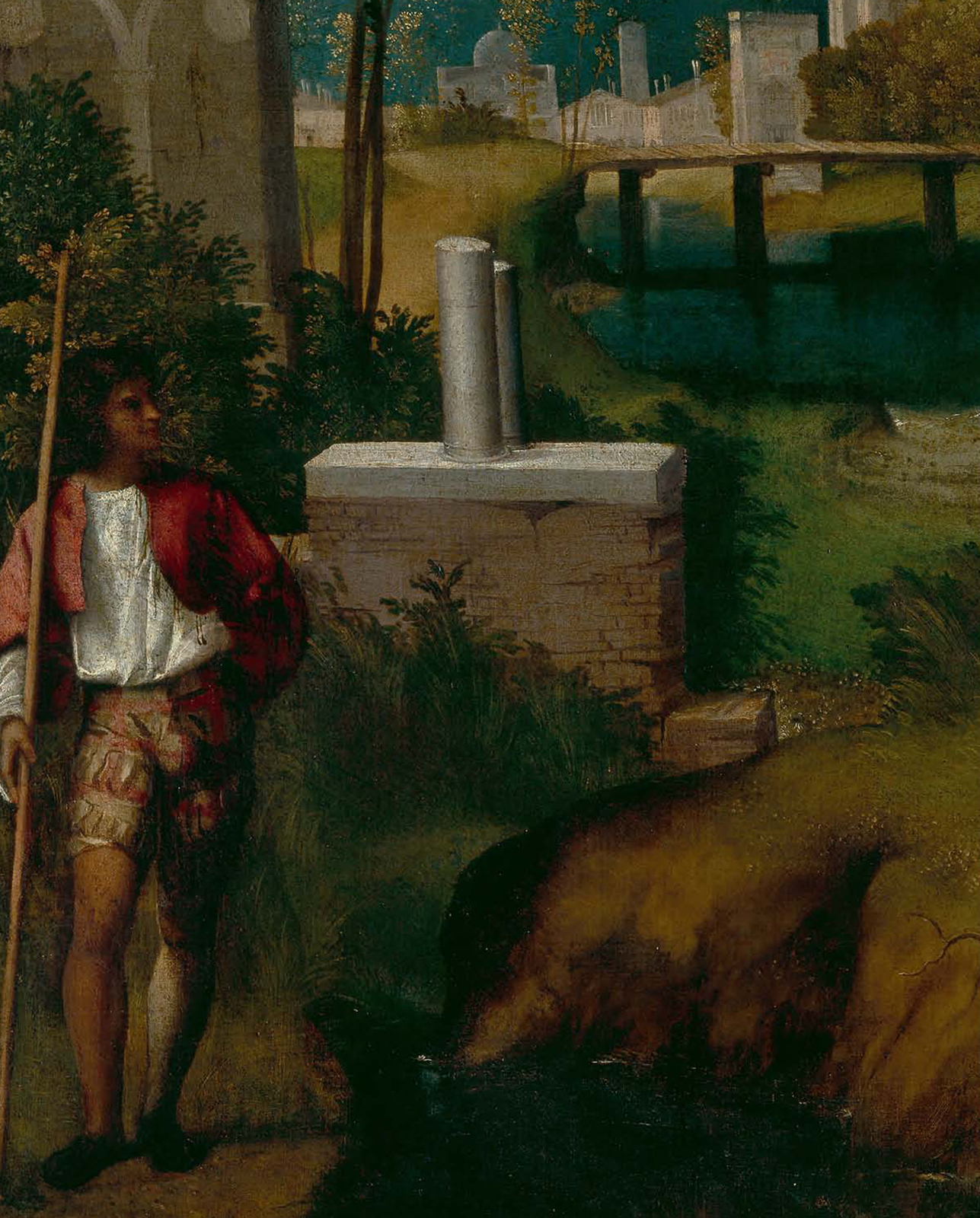
EBSCOhost - printed on 1/21/2022 6:22 PM via . All use subject to https://www.ebsco.com/terms-of-use
Acknowledgments should be the easiest part of a book to write: the book is done and overdue thanks can finally be issued. But I find it to be the most difficult part, especially for a project like this, which has provided me with the perfect balance of challenge, distraction, and enormous pleasure. I would like for the project to continue indefinitely, and besides, I am not sure that I could adequately express my gratitude to the many individuals who have contributed to my thinking since the time when I first learned about the pastoral as a fortunate undergraduate in one of Thomas Greenes classes at Yale. I finally chose to work on the subject when my beloved former graduate advisor at Columbia, David Rosand, who wrote so eloquently about the visual pastoral, sadly passed away. Pastoral longing is contagious, it seems.
I have tried in the footnotes to express fully my gratitude to the many scholars who have impacted this project. I am especially grateful to the two anonymous readers of the manuscript whose generosity of time, spirit, and intellect significantly improved the book. The warm and supportive audience at the New England Renaissance Conference (2013), where I delivered my first thoughts for the book, provided encouragement at an important moment for the development of the project.
The Boston University Center for the Humanities generously supported a research leave at the beginning of the project through a Jeffrey Henderson Senior Research Fellowship (201314) and contributed to offset some of the production costs of the books publication with a subvention grant. Additional subvention funding was provided by the College of Arts and Sciences at Boston University. The Renaissance Society of America also generously assisted the project with the award of the Rensselaer W. Lee Grant in 2015, which facilitated travel to Venice.
I am deeply grateful to Ellie Goodman, editor at Pennsylvania State University Press, for having confidence in the project and to the staff at the press for helping to bring the book into the world. The meticulous copyediting by Keith Monley significantly improved the readability of the text. And finally, I am grateful to my family for their patience, love, and support.
EBSCOhost - printed on 1/21/2022 6:22 PM via . All use subject to https://www.ebsco.com/terms-of-use
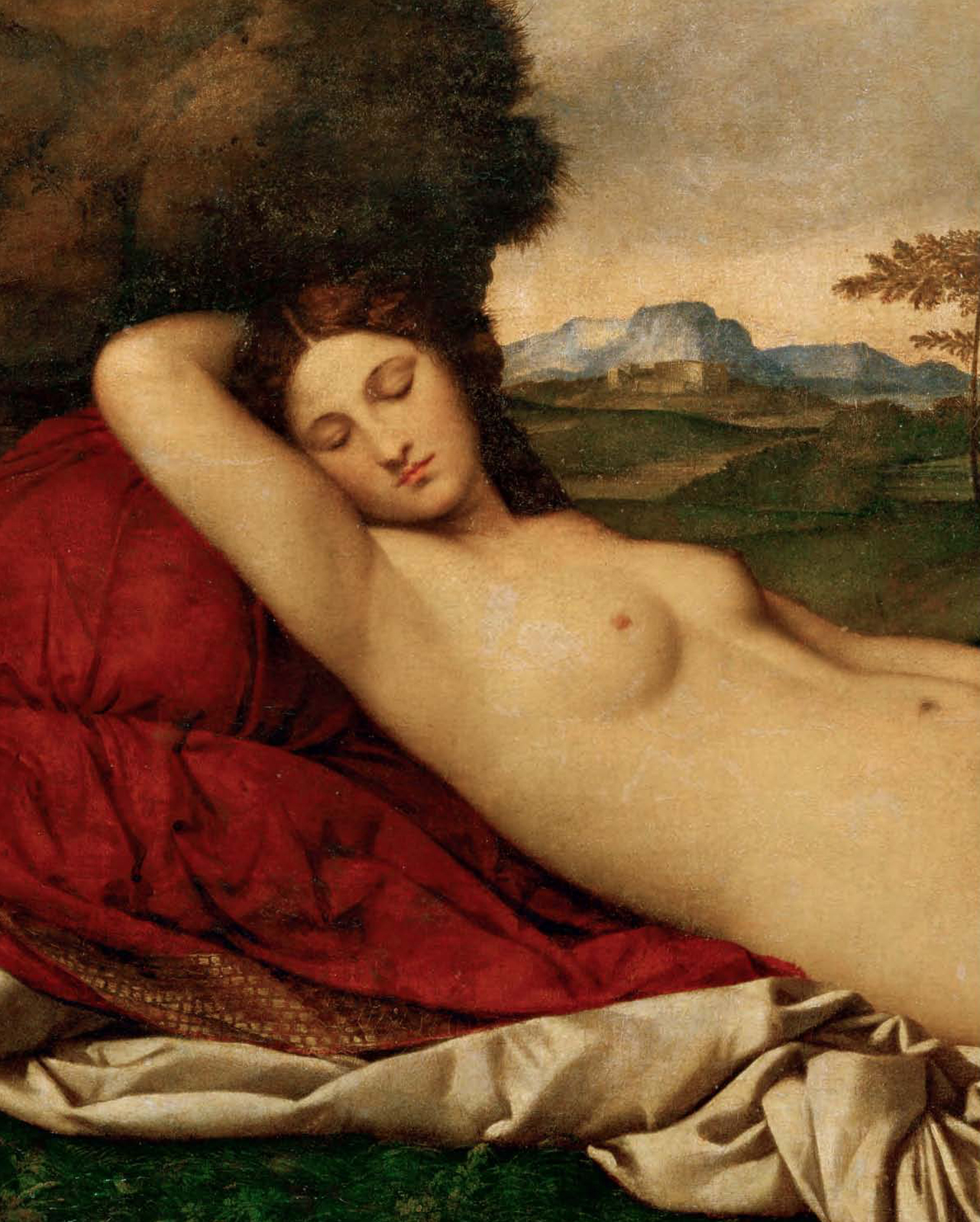
Venice has always been thought of as a city on the sea. Settled over centuries on small islands in a marshy lagoon, Venice treasured any available land by fully developing it into a built environment. Open spaces were limited to the Piazza San Marco and smaller neighborhood squares, and public parks were not introduced to the city landscape until the fall of the republic to Napoleon in 1797. Only the outermost lagunar islands remained undeveloped agrarian expanses. And yet, as this book demonstrates, nearly three centuries earlier, around 1500, Venetians began to imagine, perceive, and experience their marine city as dotted with green worlds, with actual and imaginary green places. Gardens became a celebrated feature of newly built private villas on outer islands; specific garden sites were settings for fictional literary exchanges and poetic inspiration; pastoral paintings, drawings, and sculptures adorned palace interiors; performances of pastoral eclogues and plays occurred throughout the city and on celebratory floats that traversed the canals; and Venice itself was represented frequently as a lagoon city composed of verdant islands. This diverse greening of Venice was relatively short-lived, dwindling sometime in the later sixteenth century, but the phenomenon had an immediate impact on how sixteenth- and seventeenth-century writers and artists in other cities in continental Europe and England understood and adapted the pastoral mode for their own distinctive conceptualization and actualization of green worlds.
Green Worlds of Renaissance Venice considers all of these diverse representations in an effort to enrich our understanding of the broader network of visual, literary, and urban culture in which pastoral painting, drawing, and sculpture participated. Providing the first synthetic analysis of these diverse figurations, this book argues that the specific ecological concerns and geographic identity of Venice The lagoon city, seemingly miraculous in its existence and perennially threatened by its own ecology, shared both the promise of retreat and the threat of loss that were consistently offered by and found in the pastoral world.



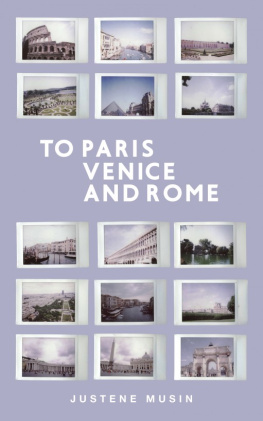

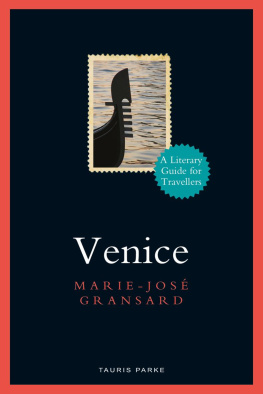

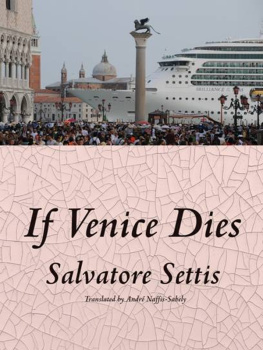
![Bosworth - Italian Venice: a history[Electronic book]](/uploads/posts/book/194557/thumbs/bosworth-italian-venice-a-history-electronic.jpg)




